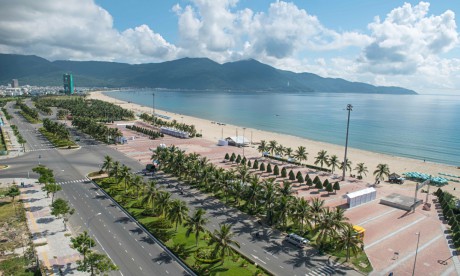Early one morning in February 1968, when the fighting in central Vietnam had reached a new level of insanity, a group of South Korean soldiers swept into a village called Ha My, a straggly collection of bamboo huts and paddy fields about an hour outside the city of Danang.
They were from a unit called Blue Dragon, which was fighting alongside the Americans, attempting to suppress the communist uprising.
For weeks, they had been herding farmers and their families into a crowded compound that the Americans called a “strategic hamlet”. By taking the farmers out of their villages, they hoped they could starve the communist guerrillas of food and shelter.
And for weeks, the farmers and their families had been escaping, trailing back to Ha My, loathing the captivity of the strategic hamlet, needing to farm their land. Now, the Blue Dragon soldiers had had enough.
In the hour that followed their arrival, the Koreans herded the waking villagers into small groups and then, methodically, opened fire.
An hour later, they had killed 135 of them. They then burned their homes and bodies, and bulldozed the whole mess into mass graves. For years the truth lay buried, too.
Now there is a monument to that massacre, built 30 years later at the expense of Blue Dragon soldiers who came back offering genuine remorse. But there is something wrong.
The monument stands proud, as big as a house, with ornate roofing that shelters two collective tombs and a large gravestone carrying the names of the adults and children who died. But there is no explanation for their deaths.
The villagers say that when the monument was first built, the back of the gravestone displayed a vivid account of what happened that day. One even has a copy of the words, which turn out to be a powerful poem recalling the fire and blood, the burning flesh, the bodies in the sand: “How painful to see fathers and mothers collapse into pieces beneath the flames … How terrifying to see children and babies screaming and crying, reaching out, still suckling on the breasts of dead mothers … ”
But, the villagers say, some South Korean diplomats paid a visit before the official opening and complained about the poem; instead of standing up to them, Vietnamese officials ordered that it be covered up with a tableau of lotus blossom.
A Korean anthropologist, Heonik Kwon, who was studying Ha My at the time, recorded one villager saying this denial of the truth was like a second massacre, “killing the memory of the killing”. Continue reading
Sources
- The Guardian
- Image: The Guardian
News category: Features.




